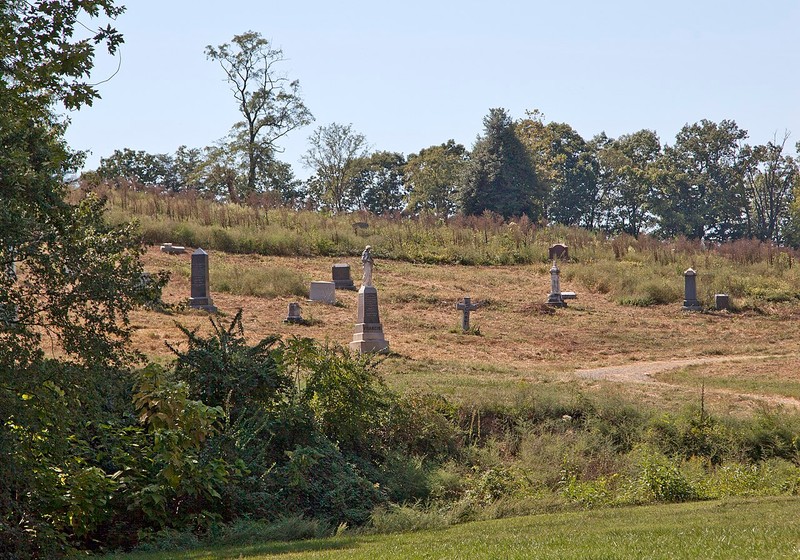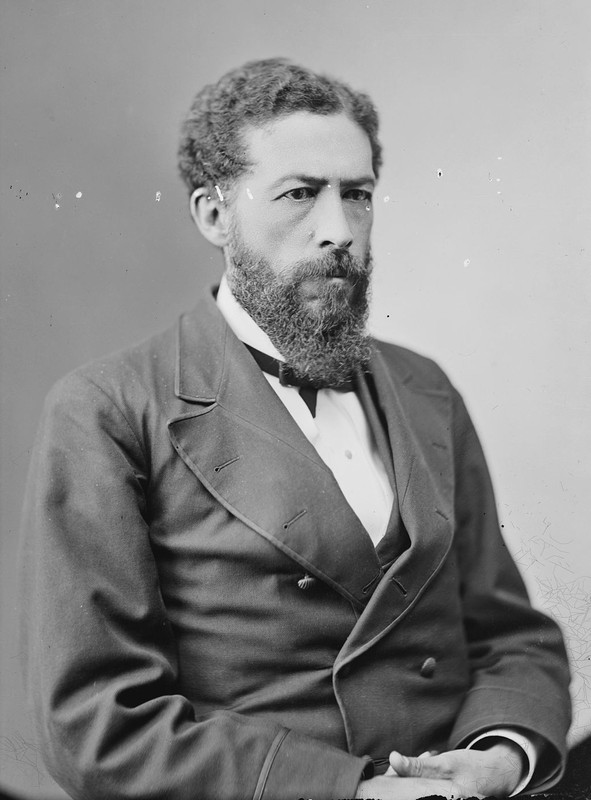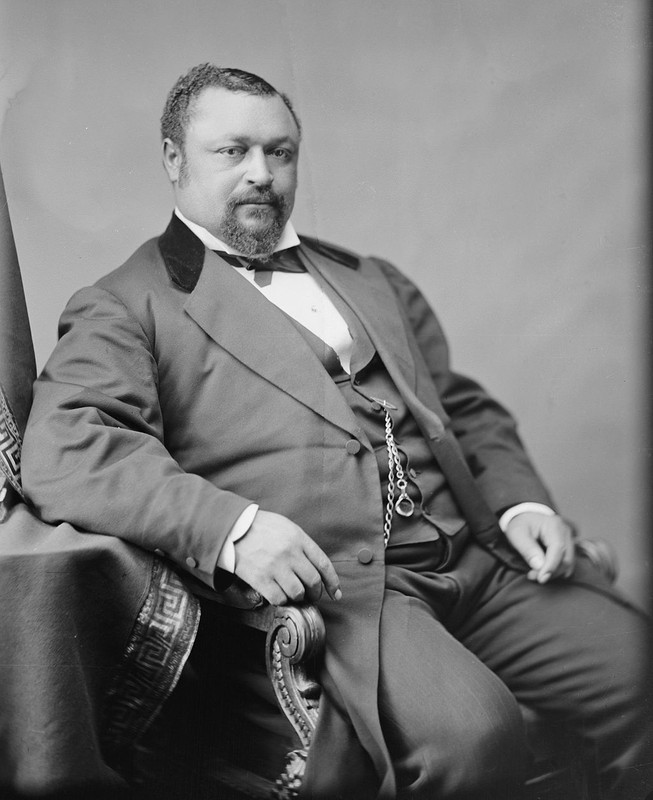Woodlawn Cemetery
Introduction
Text-to-speech Audio
In a city of historic cemeteries, Woodlawn Cemetery still stands out as a unique and significant historical site. Established in 1895, the 22.5 acre site contains the burials of around 36,000 individuals, most of whom are African Americans. These include several prominent African American figures of the 19th century such as John Mercer Langston (1829-1897) and Blanche K. Bruce (1841-1898). Langston was first the Black lawyer in Ohio and the first Black man from Virginia in the U.S. House of Representatives. He also organized the law department at Howard University. Bruce was born into slavery in Virginia and became the first Black man to serve a full term in the U.S. Senate (he was the second Black man elected to the Senate but the first, Hiram Revels, did not serve a full term). The cemetery is located in the eastern corner of the District of Columbia and is a private property owned by a non-profit organization called the Woodlawn Cemetery Perpetual Care Association.
Images
Woodlawn Cemetery was established in 1895. It contains the remains of around 36,000 individuals, most of whom are African American. Several prominent African-American figures from the 19th century, including John Mercer Langston and Blanch K. Bruce, are buried here.

John Mercer Langston (1829-1897)

Blanche K. Bruce (1841-1898)

Backstory and Context
Text-to-speech Audio
By the 1890s, there was little room left in Graceland Cemetery and other African-American burial grounds in the city, and African Americans were prohibited from being interred in most white cemeteries. Another problem was that decomposing bodies in Graceland Cemetery were contaminating the nearby water supply. To remedy the issue, a group of five officers and trustees (all white men) of Graceland Cemetery—Jesse E. Ergood, Charles C. Van Horn, Seymour W. Tullock, William Tindal, and Odell S. Smith—established Woodlawn in 1895. It appears they chose location since at the time most African Americans lived in the eastern part of the city. Over the next three years, thousands of remains (including those of Langston and Bruce) were exhumed from Graceland Cemetery and reburied in Woodlawn Cemetery. More remains were moved to Woodlawn in the coming decades.
While most of the people buried in Woodlawn are African American, it was open to any ethnicity, religion, or class. Other groups represented here include Hebrews, Christians, Muslims, Arabians, Russians, Germans, and Turks. Former slaves, blue and white-collar workers, and veterans are buried here as well.
Beginning in the 1950s, maintenance of the cemetery began to decline. A local resident, Louis Bell, and his son assumed control in 1961 but they gave up after failing to generate funding to restore and maintain it. Lot holders and their family members established the Woodlawn Cemetery Perpetual Care Association in 1967 and sued the Bells. After a years-long court battle that resulted in the cemetery being declared bankrupt and abandoned, the association finally became owners of the cemetery in 1972. Volunteers have helped maintain it ever since.
Sources
Brown, DeNeen. "A D.C. cemetery's dead come to life again on stage." Washington Post. March 6, 2022. https://www.washingtonpost.com/wp-dyn/content/article/2011/03/03/AR2011030306086_pf.html.
"‘Hallowed Ground': Sororities Work to Preserve Black DC Cemetery." NBC Washington. July 1, 2022. https://www.nbcwashington.com/news/local/hallowed-ground-sororities-work-to-preserve-Black-dc-cemetery/3090335.
"Historic Woodlawn Cemetery." Woodlawn Cemetery. Accessed November 17, 2022. https://woodlawndc.org.
Kassner, Nancy. "Woodlawn Cemetery." National Park Service - National Register of Historic Places Nomination Form. December 20, 1996. https://npgallery.nps.gov/GetAsset/b6ca82a3-0ec7-4e2a-a4a9-b2f31cd0ec30.
All images via Wikimedia Commons
